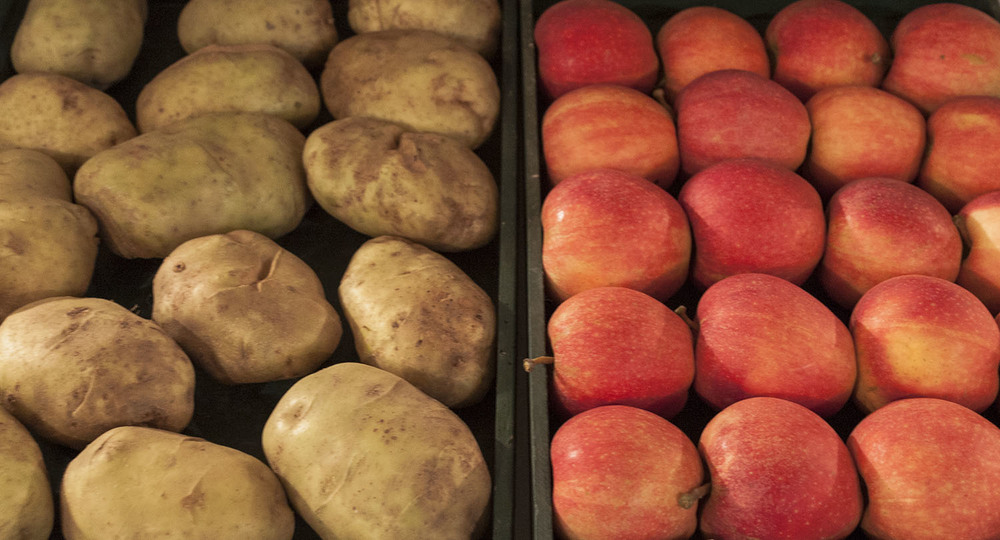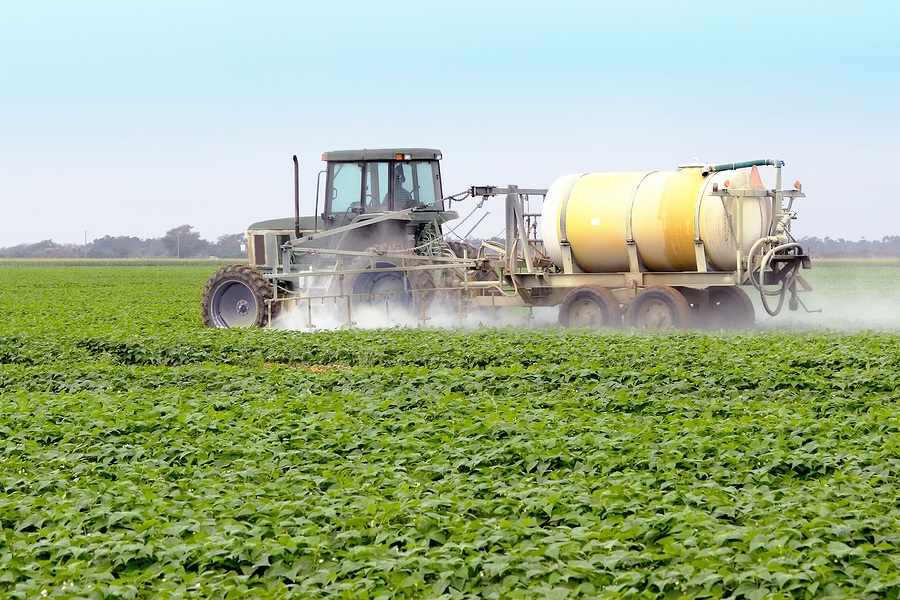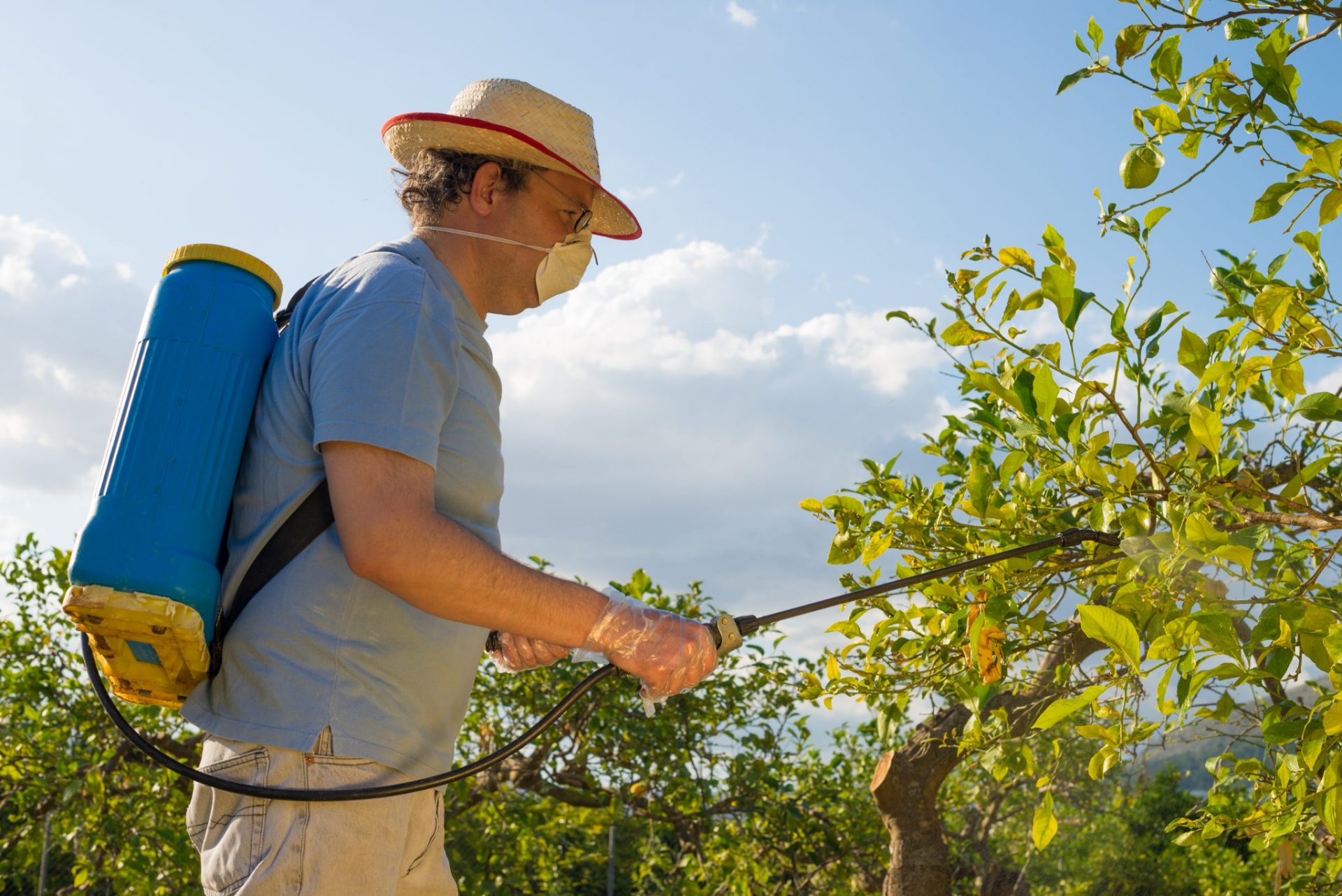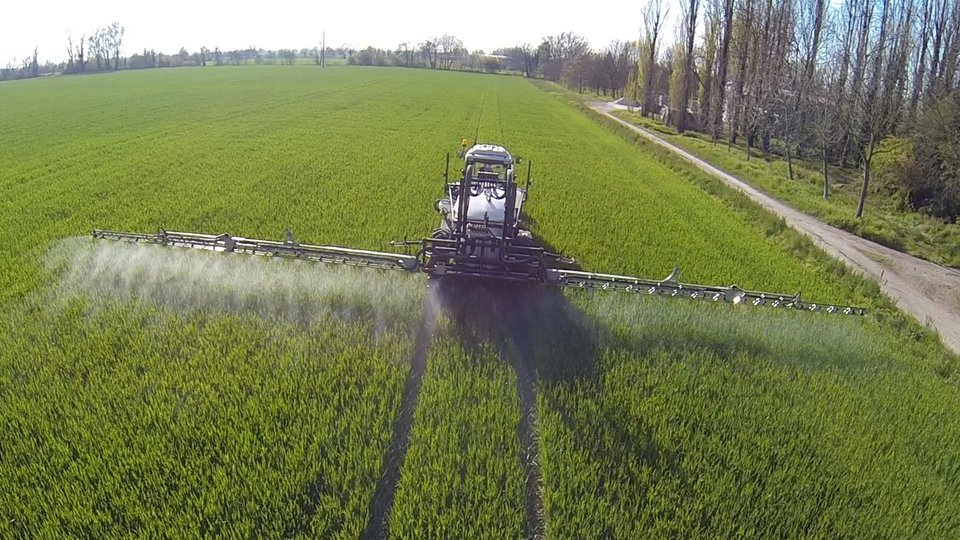7 reasons why indoor air quality is worse in the winter
(NaturalHealth365) To illustrate the importance air quality, imagine the following scenario. You wake up on a chilly winter morning with all the symptoms of an oncoming cold. Groaning as you realize that your activity-packed day means that you won’t see your bed until late in the evening, you get up and start your day.
Would it surprise you to know that you might not have a cold? You actually might be perfectly healthy! There is a good chance that the air inside your house is making you feel sick, and that you’re not actually sick.
Why is indoor air quality worse in the winter?
The easy answer is that you probably close the windows and doors in your house during the winter. Grandma was right when she would open the windows after complaining it was, “stuffy in here” and that “fresh air is good for the soul.”
Our homes, and our bodies, need fresh, clean air. That’s why shutting windows for long periods of time in the winter can be problematic. The real danger in keeping a super snug and cozy house is that a lack of adequate ventilation can trap polluted air indoors causing you to feel sick as you breathe the polluted air.
It’s why you wake up with that dry throat, and why you grab that fresh orange juice to help!
So, what other common causes of poor indoor air quality are there? Let’s quickly review the 7 reasons why indoor air quality is so poor in the wintertime.
Common causes of poor indoor air quality
1. Dirty air ducts
Air ducts start out life all shiny and clean. Unfortunately, the pristine air ducts fill with dirt, debris, and sometimes animal droppings. They are also even the final resting place of a mouse.
Plunging outdoor temperatures cause the furnace to kick on and send hot air into the ducts. As the warm air moves through the air ducts, the contaminants in the air ducts sneak into every area of the house.
Research into the benefit of air duct cleaning is inconclusive. However, the U.S. Environmental Protection Agency (EPA) does recommend air duct cleaning if there is evidence of animals in the ducts, mold, and debris clogged ducts.
2. Filthy filters
A clean air filter traps dirt and other harmful particles before they have the chance to travel throughout your house. Over time, the air filter gets clogged with debris. A dirty air filter contributes to polluted air in your house.
To prevent clogged air filters, you should change the air filter on your furnace every six months. It’s a good idea to change the air filter as part of a regular maintenance routine at the beginning of cold weather.
3. Mold
That musty smell in the basement is a sure symptom of poor ventilation, and moisture buildup. And as we all know, dampness combined with little air movement can lead to mold.
A moldy basement causes problems in the winter because basement air rises upward and rarely are windows open often enough to ventilate the mold spores out.
Uncontrolled mold leads to serious health effects such as asthma, other upper respiratory problems, and allergies. Since it’s incredibly costly to eliminate all mold, it is important to minimize it by reducing moisture in the house and using the proper air filtration systems.
4. Radon
Radon is a natural and potentially dangerous part of the soil environment. According to the EPA, over 20,000 people die each year from lung cancer caused by radon exposure.
Radon gas is invisible and odorless. The only way to know if a home has a radon problem is through testing.
Unfortunately, winter weather can increase the amount of radon in your home. The increase might be because wet and frozen soil prevents the radon gas from steadily seeping into the air.
Since January is National Radon Action Month, the EPA suggests that people test the radon level in their home during the month. But, of course, any time in the winter would be a good time to check.
If you have any questions regarding radon testing and mitigation, you may call the EPA hotline at 800-SOS-RADON.
5. Smoke
Is there anything that says winter like a cozy crackling fire in the fireplace? The warmth and smell of a fire create a feeling of contentment and family.
However, the smoke from the burning wood might be at least partly responsible for your sniffles. Wood smoke sends out carbon monoxide, formaldehyde, sulfur dioxide, benzene, and dioxin. Yikes!
6. Synthetic ‘air fresheners’
Poor indoor air quality sometimes shows itself in unpleasant odors smacking us in the nose. Bad smells sometimes lead to the overuse of air fragrances.
And, although the spray and candle scents smell sensational, they can cause breathing problems in some people. In fact, the EPA states that these synthetic smells may cause asthma and other breathing problems in some individuals.
7. Cooking
A study conducted by scientists at the Lawrence Berkeley National Laboratory indicates that using a kitchen stove releases a significant amount of carbon monoxide and nitrogen dioxide into the air.
This study revealed that many of the ventilation hoods tested failed to protect air quality. Interestingly, the researchers suggest that as many as sixty percent of homes in California prepare meals that create indoor air pollution levels that would be considered unacceptable in outdoor cooking.
Now that we’ve looked at all the reasons our air quality goes down in the winter, I think it’s safe to say opening those windows as you can, getting the right filters for your HVAC system, and maybe even investing in a high quality air purifier would be good steps to better indoor breathing!
Sources for this article include:
EPA.gov
NewsCenter.lbl.gov
EPA.gov
OWHealth.com
EPA.gov
EPA.gov










